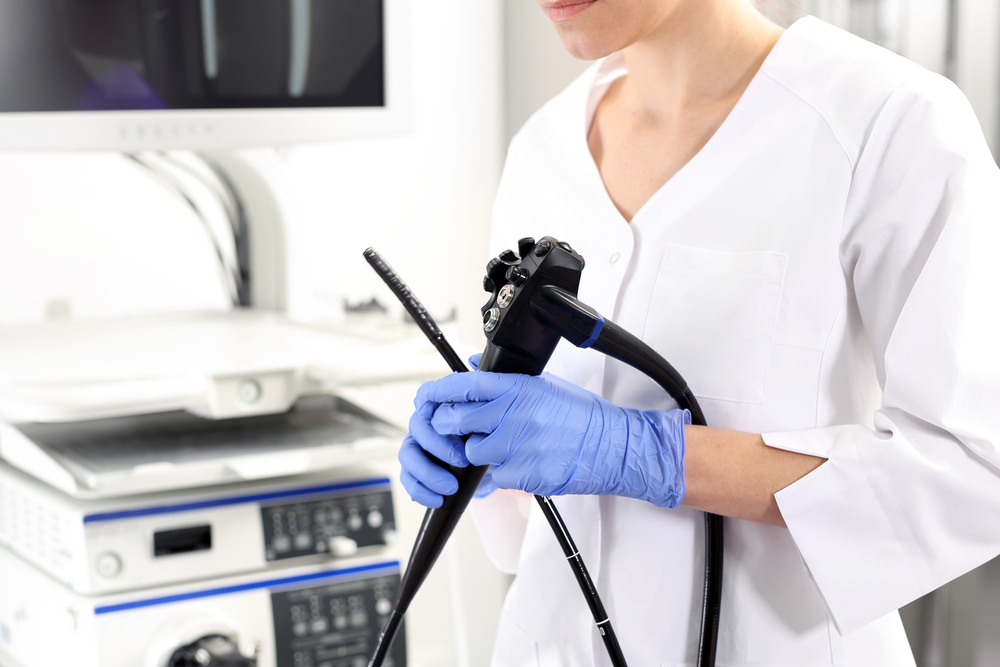5 Reasons why Patients Avoid Colonoscopies
It is a procedure that takes as little as 20 minutes and could potentially save your life. In fact, it has been scientifically proven to save the lives of thousands every year. And most patients who do it report little to no discomfort. All the same, colonoscopies have received a very bad reputation, and each year thousands of patients who should receive this important procedure instead avoid it, putting themselves at risk for cancer and other severe health problems. Why does this happen? Let’s take a quick look at 5 of the most common reasons why patients avoid colonoscopies.
- They don’t have any family history or known risk factors, and therefore believe that a colonoscopy is not necessary. The truth is that anyone over the age of 50 is at risk for colon cancer and therefore should receive a colonoscopy every ten years, unless another screening method or screening frequency is recommended by their doctor. Moreover, even though health information is readily available online, it is important to keep in mind that only a doctor can assess your personal level of risk, and that there are many risk factors you may not be fully aware of.
- They fear that the procedure will cause pain or discomfort. Nearly everyone has had the displeasure of experiencing a painful or uncomfortable medical procedure. Whether an unpleasant trip to the dentist as a child or an annoying blood test as an adult, these things are bound to happen sooner or later, and they tend to leave a bad impression. Because of this, many of us shy away from procedures that we believe could cause us discomfort in the future. And colonoscopies, as we already mentioned, have a bad reputation in this sense. However, the truth is that the vast majority of patients report feeling little to no discomfort when when having a colonoscopy. Sometimes, the idea of a procedure is scarier than the procedure itself!
- They feel embarrassed. Once again, the idea of a colonoscopy can be uncomfortable for some. This issue can be quite challenging for doctors, as it is not usually easy to talk someone out of their feelings. However, it is important to understand just how important this procedure is — and perhaps, taking that into account, you can overcome any negative feelings and accept that a colonoscopy is necessary. At the very least, you should know that great lengths are always undertaken to protect patient privacy and dignity.
- They feel like the procedure is inconvenient. Colonoscopies usually last less than one hour. However, the drugs that are given for colonoscopies last a bit longer, and between the procedure time and the time needed for colonoscopy drugs to wear off, patients generally miss one day of work. In today’s fast-paced world, this can seem tremendously inconveniencing for patients. And this dissuades many people from undergoing the process at all. It is worth pointing out, however (morbid as it may seem), that this is not much compared to the amount of time that you would need to miss if you ended up being diagnosed with colon cancer because you failed to treat a routine colon polyp on time. There is a lot at stake, and you owe it to yourself not to allow the small inconvenience of a routine procedure to expose you to the larger inconvenience of serious illness.
- They are afraid that the results of the test will not be favorable. For some people, the fear of an unfavorable test result is enough to keep them away from undergoing medical examinations altogether. Though understandable on an emotional level, this idea is quite logically flawed. It is important to realize that in today’s world, most diseases can be cured as long as they are caught in their early stages! A bad result should not scare you — what should scare you is the idea of not knowing about a bad result until it is too late.
If you wish to learn more about colonoscopies, or schedule your own appointment, we encourage you to visit Surgical Specialists of Long Island online today.
